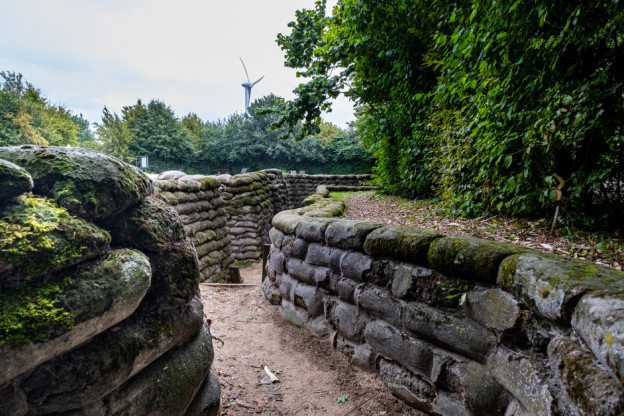Andy Mossack attends the Yorkshire Trench extraordinary re-opening in Flanders after essential restoration work.
The haunting sound of the Last Post echoes across the Ypres ramparts from its historic Menin Gate Arch. The arch where so many soldiers marched under on their way to battle, never to return. It is a ceremony which has taken place every night at 8pm since the 1st of May 1929. A moving occasion to remember the fallen of the Great War, and often attended by members of various regiments who took part in that terrible conflict.
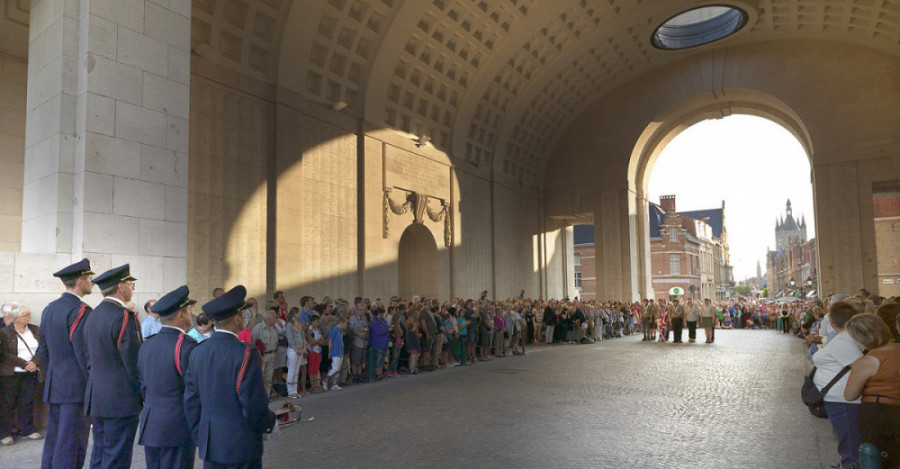
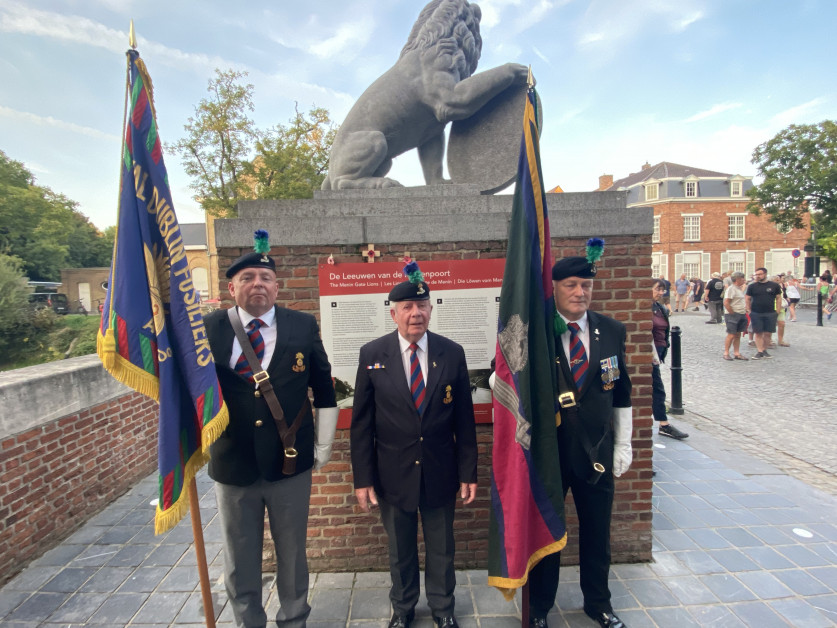
Like Anthony, Sean and John, members of the Royal Dublin Fusiliers, who, dressed up to the nines, proudly stand to attention with their regimental flags in front of the buglers at tonight’s ceremony.
Today’s Ypres and its surrounding countryside is in stark contrast to the desolate moonscape it became after WW1. It is hard to believe the beautiful Flemish woodland and mirrored lakes were once hell on earth. And the shattered remains of Ypres, literally razed to the ground, has been restored, brick by brick to its charming medieval former self. Surrounded by the Leperlee river with fortified walls and walkable ramparts, the town is resplendent with cobbled streets, gabled houses and, at its Market Square centre, the restored 14th century St Martin’s Cathedral with its glorious carillon bell tower.
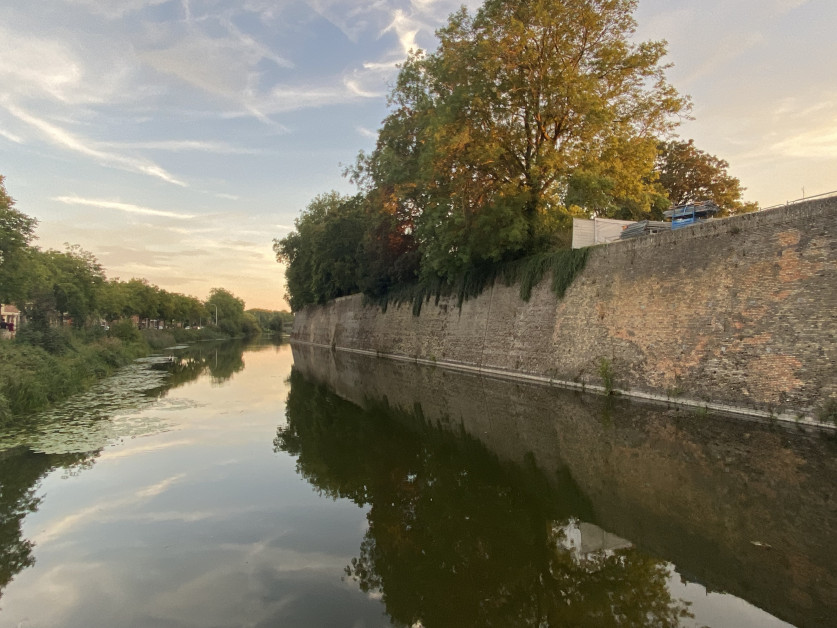
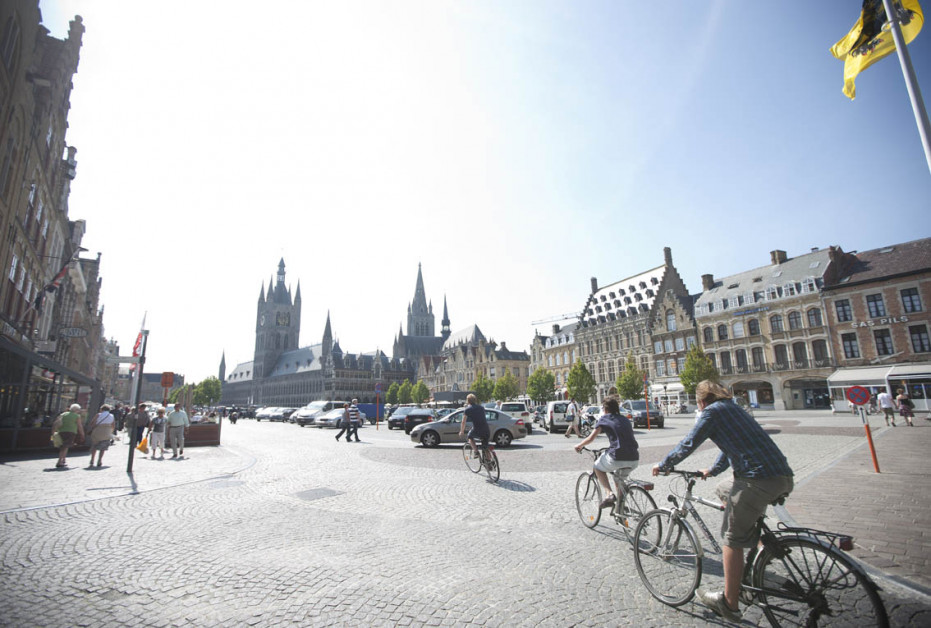
And, perhaps appropriately, within the confines of St. Martin’s is the In Flanders Fields Museum, a truly special place to learn everything you would need to know about how, why and what happened in a corner of this foreign field including the just re-opened Yorkshire Trench.
A suitable segue to an extraordinary discovery.
The Yorkshire Trench was a trench and tunnel system lying right on the Western Front Line, manned by soldiers from Leeds, Sheffield, Huddersfield, and Halifax attached to the the British 49th Division.
It had lain abandoned and undiscovered until 1992, when a farmer who was readying one of his fields for some planned industrial construction stumbled across it. He contacted The Diggers, a local band of amateur Belgian archaeologists led by Patrick Van Wanzeele, to investigate.
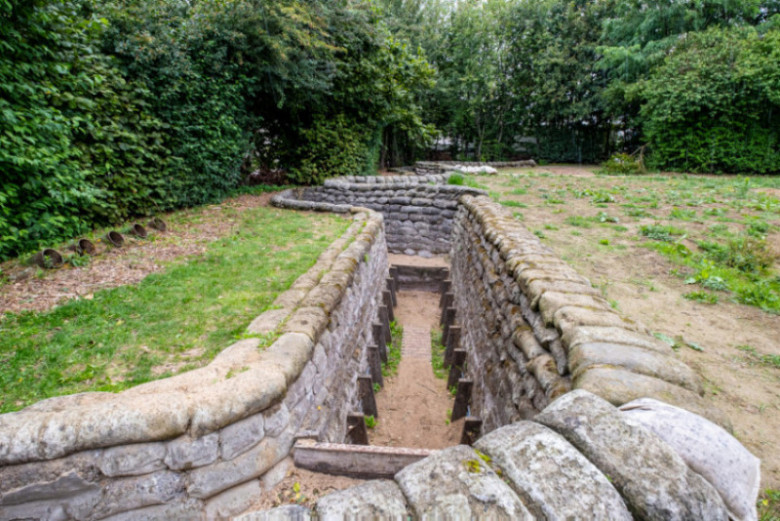
And they discovered an historical treasure trove. A remarkable find, the only British trench system in its original position in Ypres.
The long-lost Yorkshire trench and tunnel system lay perfectly preserved by floodwater and contained machinery, weapons, documents and personal effects along with the remains of 200 soldiers who were respectfully interred later in nearby Tyne Cot military cemetery.
A major excavation followed, and filmed by the BBC for a documentary entitled The Forgotten Battlefield, screened in 2002. Sadly, as the trench was exposed to air, the wooden boards and sandbags began to decay, and the tunnel structure became so unsafe it was closed to the public.
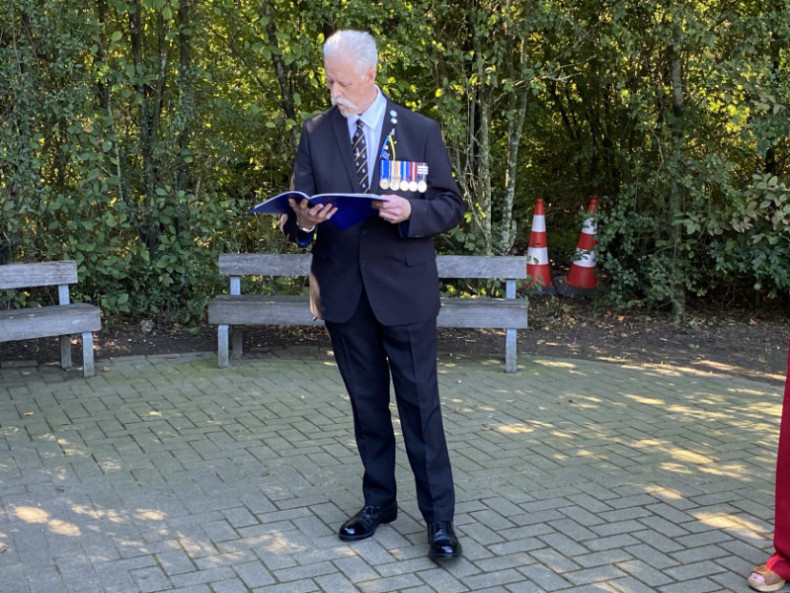
Cue John Morrison; a Yorkshireman through and through, and former soldier, who accepted his own mission to raise funds for a restoration project. Through his own efforts he raised over €17,000 and together with additional funding from local grants, over €50,000 was raised to begin restoration of the Yorkshire Trench and dug out tunnels, for future generations.
As John tells us at the re-opening ceremony, “After listening to people and their stories, and reading so many individual accounts, I realised there was only one salient where so much misery, murder, and mud was compressed into so small a place. And that was Ypres.”
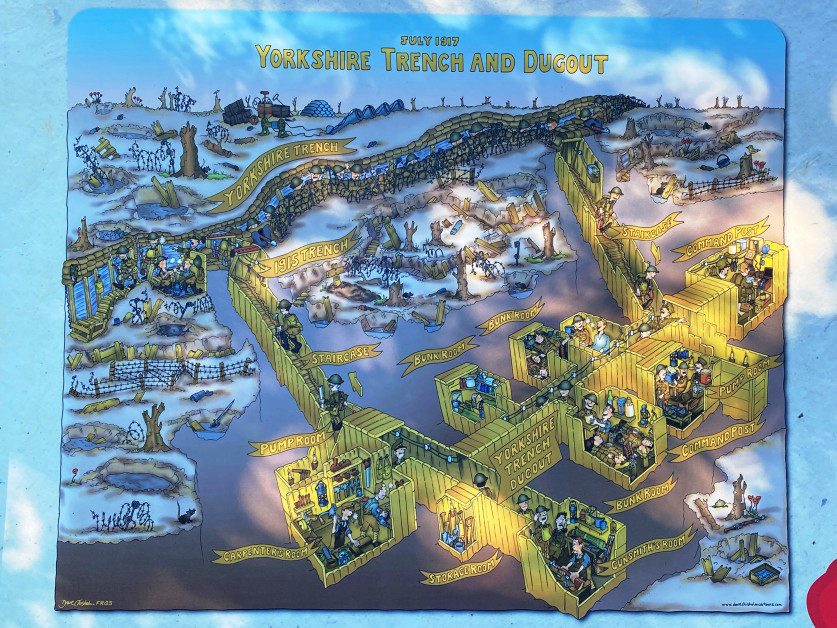
In Flanders Fields Museum has led the project and further developed an educational programme to appeal to a younger generation using the exceptional talents of British illustrator and cartoonist Dave Chisholm, whose personal interest in the Yorkshire Trench story, motivated him to forge a collaboration. Labelled as the Salient Illustrated Dave’s colourful panoramic illustrations bring the entire Ypres battlefield to life through an easy to digest cast of cartoon-style characters within an accurate and detailed map of the entire area.
The Yorkshire Trench
Walking the Yorkshire Trench site at the re-opening, I’m struck how it is so tightly squeezed between towering wind turbines and numerous industrial plants, evidence of how the modern world is slowly eating away at history. Thankfully, the Yorkshire Trench site is now safe and protected for generations to come, but another €100,000 is needed to fully restore its entire network.
Apart from the newly restored section, the remainder of the wooden duck boards and A frame pillars remain covered in packed sand to protect them but you’re still able to walk on it. I clamber down and walk along the trench on a hot sunny day. I can’t imagine what it must have been like in a muddy freezing winter. The tunnel entrances are open, but the underground sections remain flooded thanks to Flanders‘ porous clay-laden fields.
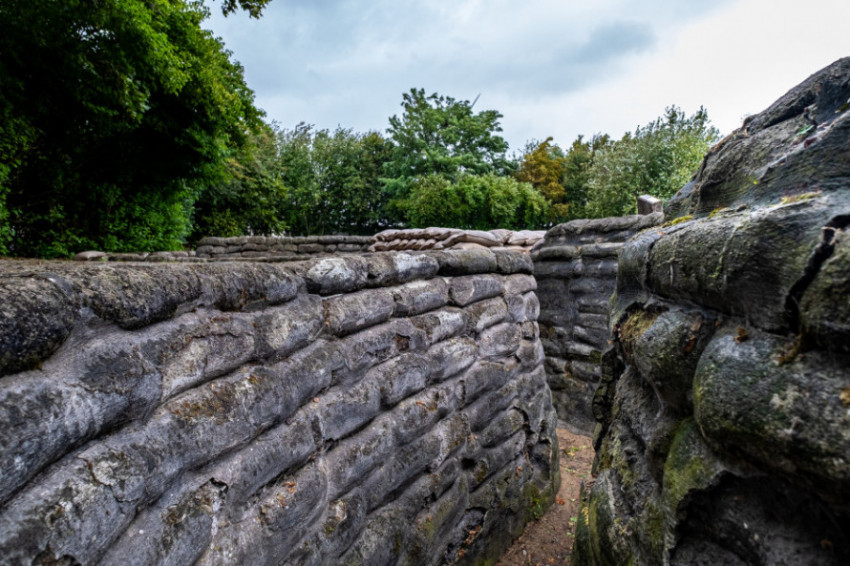
The new site visitor centre contains a small exhibition with detailed maps and photos, and another of Dave’s magnificent panorama drawings to gaze at.
With industrial plant all around us, it is hard to imagine this was right at the front line, but as we leave the car park to drive back towards Ypres, Dries VanRobaey from the In Flanders Fields Museum points out a long line of trees. “They were planted right on the British Forces front line after the war, and this road was in no man’s land. Literally, just a few metres from the Yorkshire Trench.”
Back in the In Flanders Fields Museum, which, by the way, is an exceptional state of the art experience, I see some dramatic recent arial footage of the whole battlefield where the scars of conflict are easily visible yet invisible at ground level. Huge grass covered craters loom and long networks of undulations indicate underground tunnels and trenches lying below the surface.
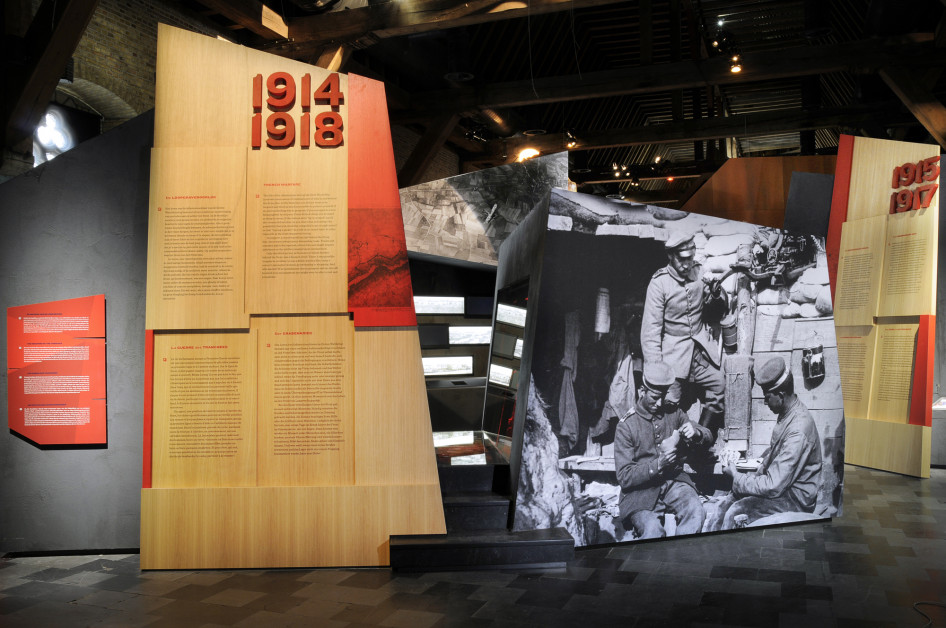
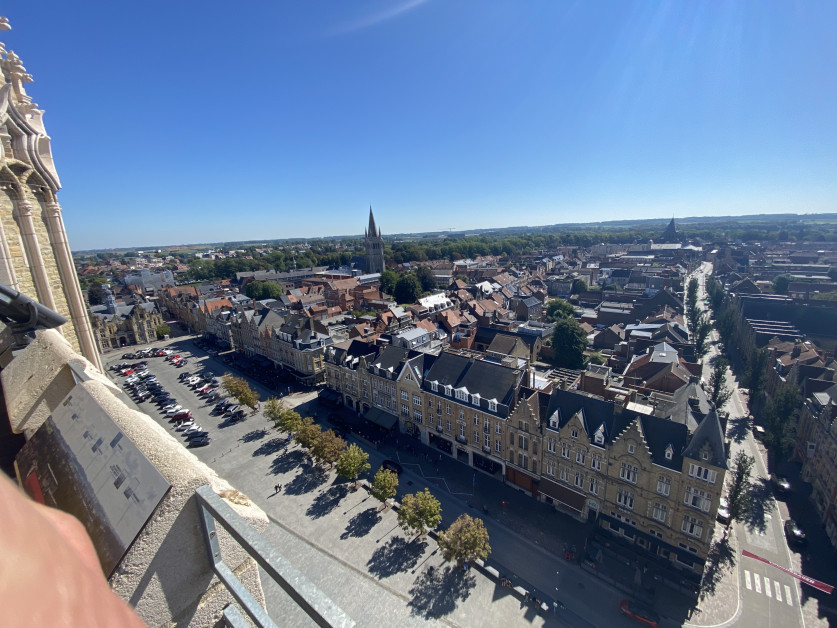
The museum also gives you access to the Cathedral bell tower. The effort of climbing up the stone spiral staircase is rewarded with a 360-degree birds-eye view of Ypres far below.
Outside of Ypres
If you have the time, a visit to the Passchendaele Memorial Museum is a must. Housed in the restored belle epoque Chateau of Zonnebeke in what was originally the middle of the battlefield, but now a stunning park, it carries an eclectic collection of exhibits and an impressive reconstruction of a whole trench system.
Tyne Cot Cemetery is a grim yet beautifully tended place of rest for 12,000 fallen soldiers; the majority of whom are sadly nameless. It is the largest Commonwealth cemetery in the world.
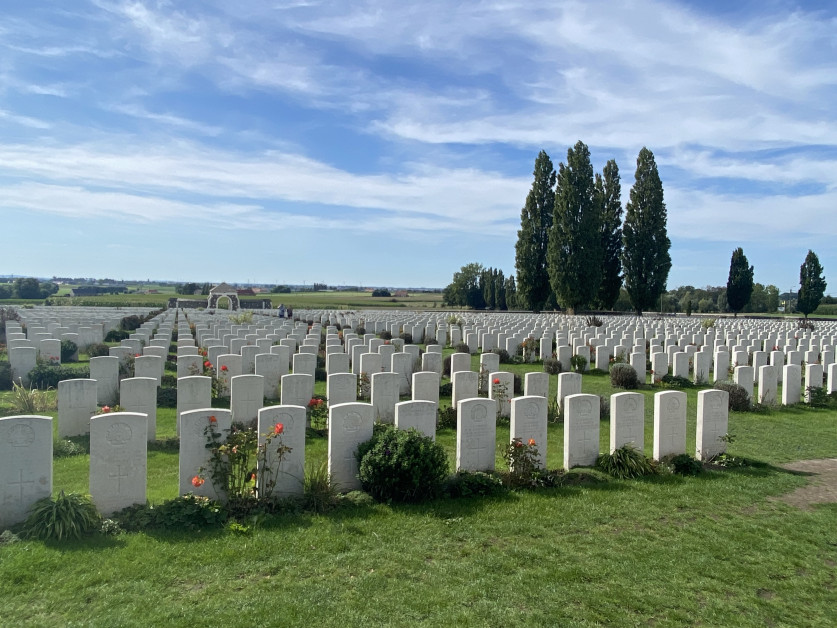
Back in Ypres I was having dinner out on restaurant terrace in the market square, when my Irish fusilier friends Anthony, Sean and John passed by. “Hiya Andy, tell everyone the Royal Dubs are in town!” I suspect they were all off for a well-earned night of raising more than a glass or two to fallen comrades.
All Images of Yorkshire Trench Ypres Market Square and In Flanders Museum (C) Toerisme Ieper-Wesley Butstraen. All others (C) Andy Mossack.
Tell me more about Ypres and the reopening of the Yorkshire Trench
For more information on the great war in Flanders and the Yorkshire Trench please visit the In Flanders Fields Museum
Got to Visit Flanders for much more information on visiting the many attractions of Flanders.
Continued support remains necessary.
A further €100,000 is needed. The IFFM and the VIFF, together with John Morrison, continue their efforts to ensure the site’s experiential appeal and survival.
Want to make your own contribution? Click here for John’s Just Giving Page to support the restoration and maintenance of Yorkshire Trench & Dugout.
Getting to Flanders
Eurostar runs a regular service to Lille in just 90 minutes throughout the day. From there it is just a 40-minute cab journey to Ypres.

